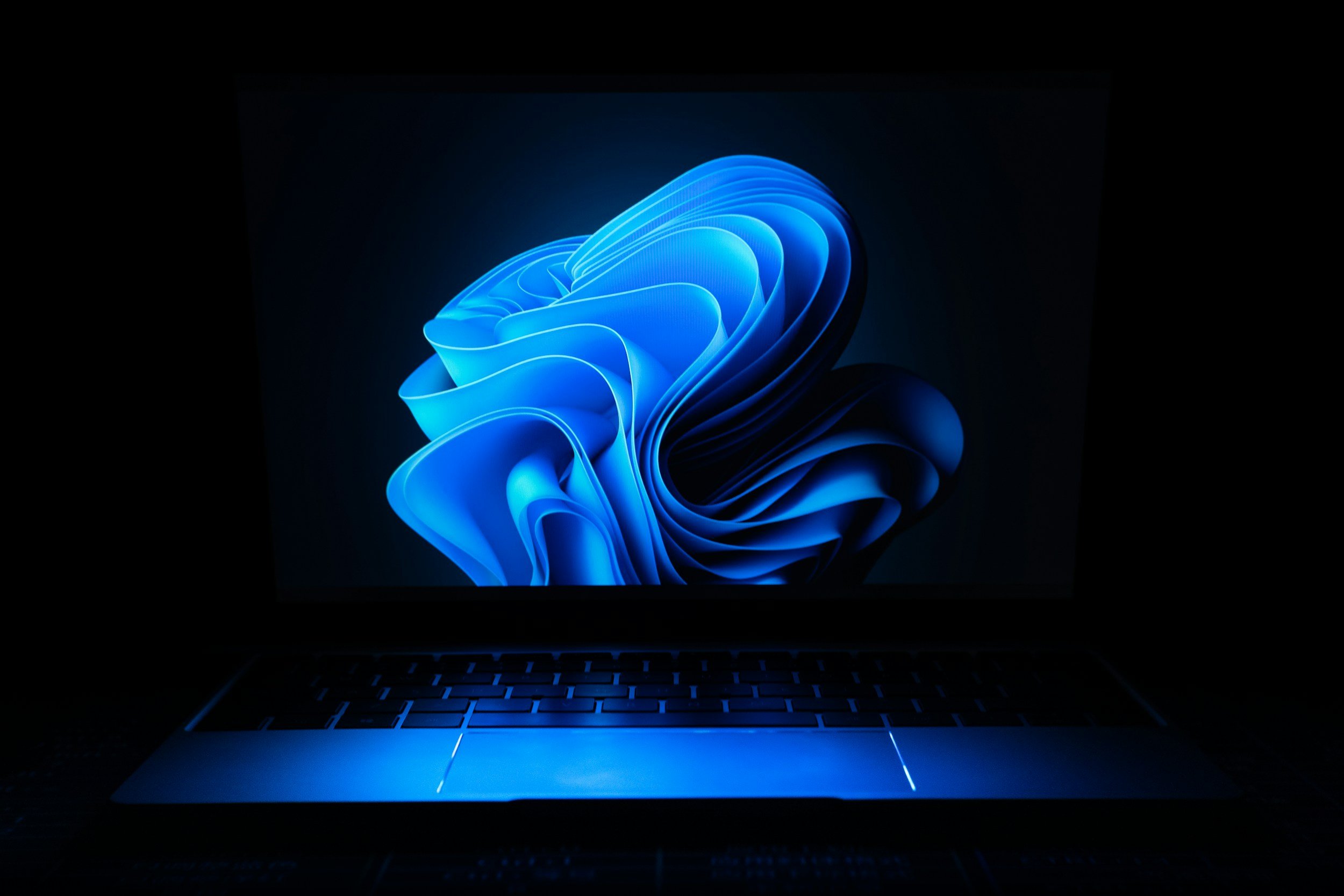Nikon Z5II Announced: AI Autofocus, 4K Full-Frame Video, 30fps Burst at US$1,699
Image Credit: Nikon
On April 2, 2025, Nikon announced the Z5II, the successor to its Z5 mirrorless camera, which debuted in August 2020. The Z5II carries a suggested retail price of US$1,699, a US$300 increase from the Z5’s original US$1,399 price tag. Set for release on April 25, 2025, and available for pre-order, the camera incorporates technology from Nikon’s Zf, Z6III, and Z8 models.
[Read More: Shaping the Future: Nikon's Vision for the Next Era of Photography]
Sensor and Processing Capabilities Assessed
The Z5II is equipped with a 24.5-megapixel full-frame back-illuminated (BSI) CMOS sensor, a shift from the Z5’s 24.3-megapixel non-BSI sensor. While pixel count differs only slightly, Nikon states the BSI design improves light sensitivity. The camera uses the EXPEED 7 processor, also found in the Z8 and Z6III, which Nikon describes as enhancing processing speed and reducing noise compared to the Z5’s EXPEED 6. The native ISO range spans 100–64,000, expandable to 50–204,800, compared to the Z5’s 100–51,200 (expandable to 50–102,400).
[Read More: Nikon Z6III Can Now Detect Airplane Precisely!]
Autofocus System: AI Implementation
The Z5II’s autofocus system marks a significant update, with Nikon stating it operates in “approximately one-third the time required by the Z5” under controlled testing (CIPA standards, 10EV, 70mm focal length). Its low-light detection reaches -10EV (f/2, ISO 100), compared to -4.5EV for the Z5 and -9EV for the Z6III with Starlight View, making it the lowest-light AF in Nikon’s Z-series lineup.
Nikon confirms the use of deep-learning AI for subject detection, enabling the camera to identify nine categories: humans, cats, dogs, birds, cars, motorcycles, bicycles, trains, and planes. This expands on the Z5’s two modes (humans and animals) and relies on the EXPEED 7’s processing capabilities. The technology supports tracking in both stills and video.
[Read More: United Stand Against AI: Major Camera Brands Forge Alliance!]
Stabilization and Shooting Speeds Detailed
The Z5II features 5-axis in-body image stabilization (IBIS), rated at up to 7.5 stops of correction at the center (CIPA standard), with 6 stops at the edges, compared to the Z5’s 5 stops. Continuous shooting reaches 30 frames per second (fps) with the electronic shutter for JPEG or 12-bit RAW files, while the mechanical shutter achieves 14fps for JPEG and 11fps for 14-bit RAW. These figures align with the camera’s positioning as an entry-level model, though they trail behind some competitors’ higher burst rates.
The Z5II records 4K video at 30p using the full sensor width, unlike the Z5’s 1.7x-cropped 4K output. At 60p, 4K requires a DX (APS-C) crop. It also offers Full HD (1920x1080) at 120p for slow-motion recording and supports 12-bit N-RAW format internally.
[Read More: DJI’s First Foldable Drone with Full Propeller Guard Under 249g]
Design and Interface Updates Reviewed
The Z5II’s body is constructed from magnesium alloy with dust- and drip-resistant sealing, consistent with the Z6III’s build. Nikon notes a redesigned grip for improved handling. The rear display is a 3.2-inch, 3.69-million-dot vari-angle touchscreen, replacing the Z5’s 1.04M-dot tilting screen. The electronic viewfinder (EVF) is a 0.5-inch, 3.69M-dot OLED with a brightness of 3000cd/m², matching the Z9 and Z8.
A new feature is a dedicated Picture Control button, which Nikon identifies as a first for its full-frame mirrorless cameras. It allows switching between up to nine custom Imaging Recipes, downloadable via Nikon Imaging Cloud, and is functional in all shooting modes, including auto.
[Read More: Sony Alpha 1 II: AI-Powered Autofocus Redefines Flagship Mirrorless Cameras]
Market Context and Reception Evaluated
Priced at US$1,699, the Z5II sits above the Canon EOS R8 (US$1,499) and below the Sony A7C II (US$2,199) in the entry-level full-frame category. Its features, including AI-enhanced autofocus and updated video options, aim to justify the price increase over the Z5. However, the DX crop at 4K60p and lack of higher burst rates may draw comparison to rivals with broader capabilities.
[Read More: Canon Flagship Camera R1 Uses AI to Upscale Images to 96MP!]
Source: Nikon










